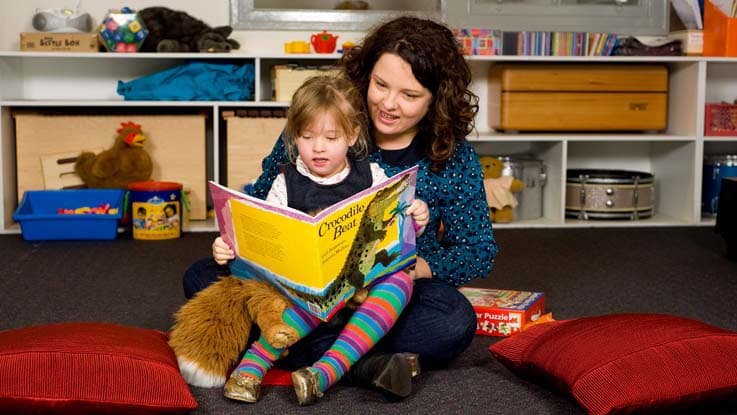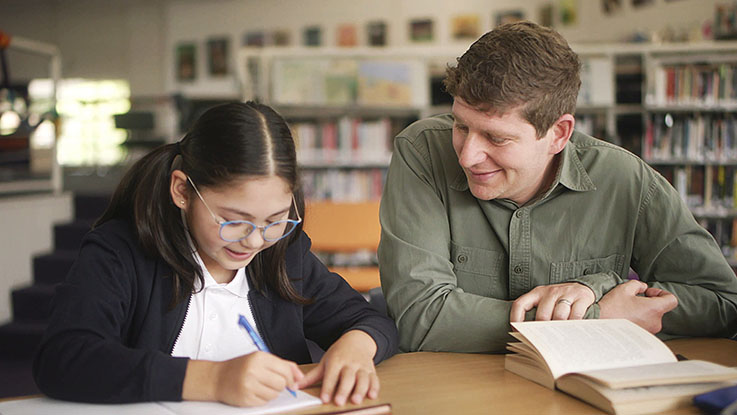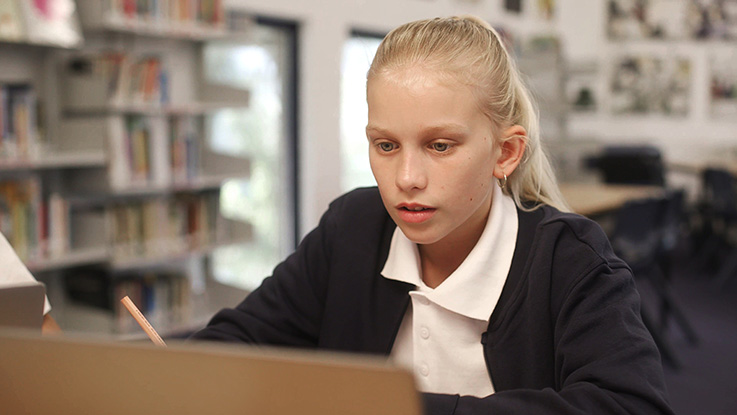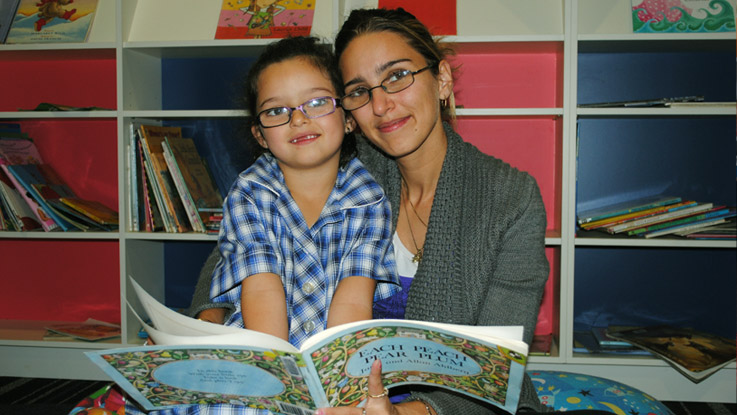
Our learning programs
One in six Australian children are currently living with poverty1.
Living in poverty can impact a child’s opportunities and future outcomes. Poverty often means fewer educational resources, limited access to support, and challenges that can span generations, creating barriers that prevent children from fully benefiting from their learning. Poverty also places barriers in the way of a child’s education, stopping them from getting the most from their learning.
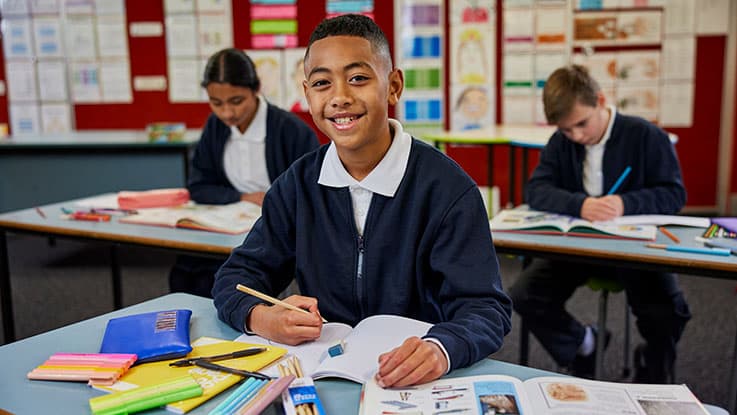
Our work

Children experiencing disadvantage often start school behind their classmates – and without support, they can be up to five years behind by the time they reach Year 9.3
Early intervention helps children break through the challenges of poverty, stay focused on learning, and complete their education.4 Targeted, long-term learning support positively impacts children and young people, and helps them improve at school.5
We know from research that early intervention, as well as balanced, ongoing support throughout their education, can vastly improve outcomes for a student living with disadvantage.


I went from getting lower grades at school to an engineering student working on uni projects. It shows that kids have a lot of potential. It is important they can unlock it and break generational cycles.
About our programs
When a child completes year 12 they are much more likely to enjoy lifelong benefits such as improved health, greater choice of career, better engagement in the community, and higher income.6 Our programs build skills, knowledge, motivation, self-belief and a network of positive relationships to help children remain engaged with school, so they can complete their education and fulfil their potential.
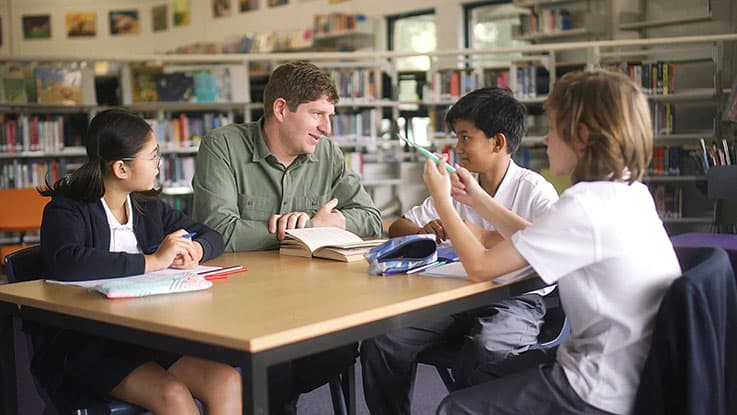
How our programs make a difference
Our learning programs

Aboriginal and Torres Strait Islander programs
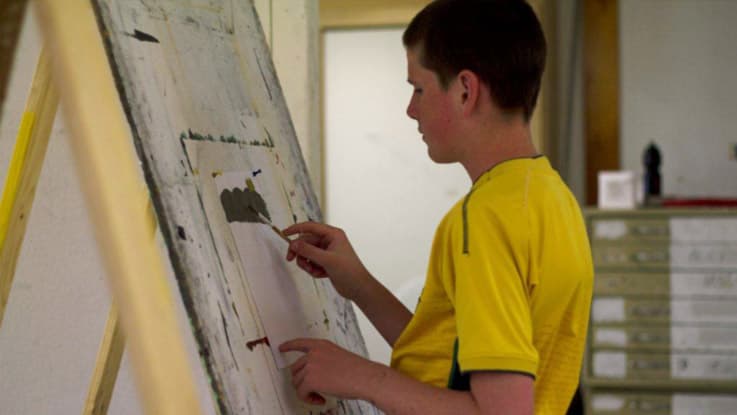
Arts programs
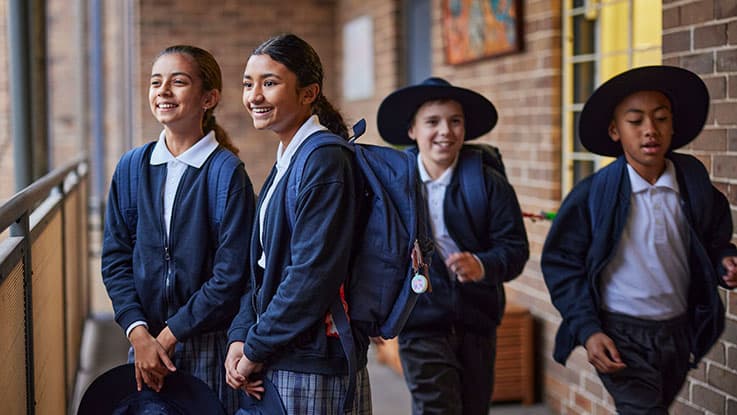
Community programs

Financial programs
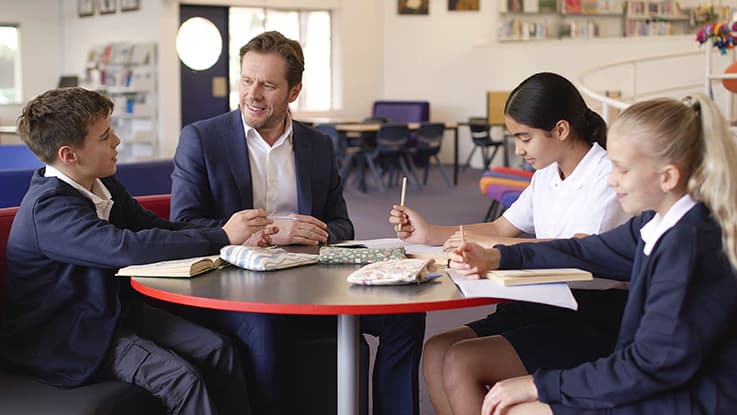
School transition programs

Learning Clubs

Literacy programs

Mentoring programs

Mentoring programs

Numeracy programs
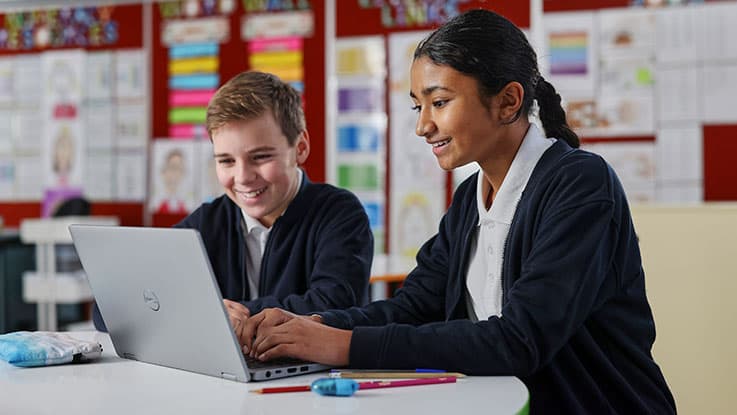
Technology programs
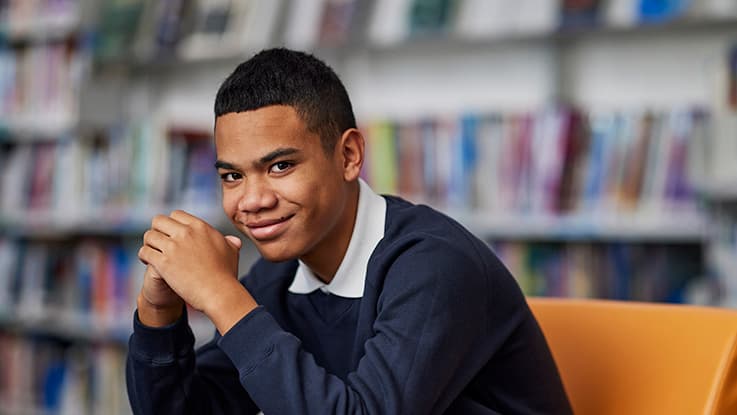
Work experience programs
Our impact and reach
Contributing to a better future for young Australians in need.
Education is a driver of real and powerful change that can break the cycle of disadvantage. Over the last year, thanks to the support of thousands of generous Australians, and the dedication of our staff and volunteers, we provided education-oriented learning and support programs to more than 162,534 children and young people.

Making a difference

178,430

67,165

96%
Working across Australia in 91 communities
The Smith Family delivers our Learning for Life programs across 91 Australian communities, often out of the local school.
The communities have been identified as having higher concentrations of families living in economic disadvantage and are across all Australian states and territories.
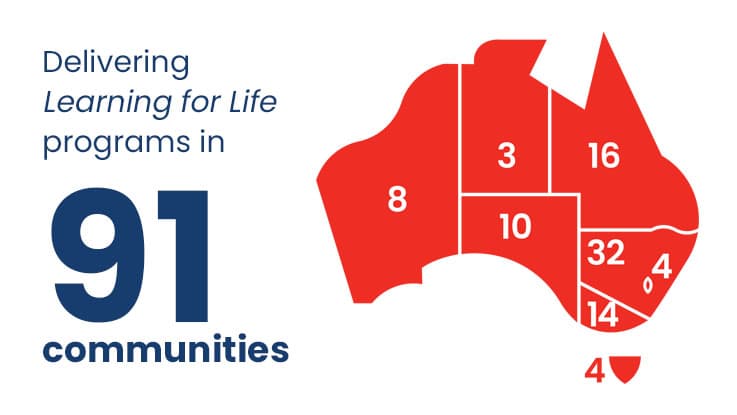

In financial year 2024-25 our programs had a big impact
-
92% of early-years professionals reported the Let's Count program improved capacity to work with parents/carers to support emergent numeracy of their children.
-
94% of community professionals reported the Let's Read program increased capacity to engage families to foster children’s literacy development.
-
90% of students who participated in our student2student reading program improved their reading.
- 79% of students who participated in the Passport program increased their understanding of what to expect at high school.
Learn more
1, 2. Scicluna, K. and Thrower, J. (2024). The Australia Institute. “Ending Child Poverty in Australia” discussion paper (p. 2).
3. Jason Clare, Minister for Education (2022). Speech for The Smith Family 100th anniversary.
4. The Smith Family (2019). “Attendance Lifts Achievement”, report (p. 9).
5. Education Endowment Foundation, “2: Targeted academic support”. educationendowmentfoundation.org.uk/support-for-schools/school-planning-support/2-targeted-academic-support
6. Australian Government, Department of Education. “Benefits of Educational Attainment”. education.gov.au/integrated-data-research/benefits-educational-attainment

